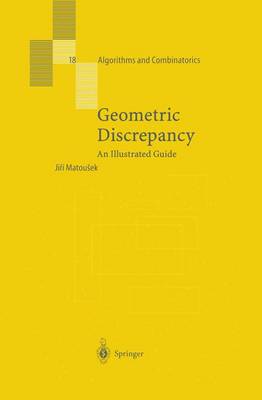What is the "most uniform" way of distributing n points in the unit square? How big is the "irregularity" necessarily present in any such distribution? Such questions are treated in geometric discrepancy theory. The book is an accessible and lively introduction to this area, with numerous exercises and illustrations. In separate, more specialized parts, it also provides a comprehensive guide to recent research. Including a wide variety of mathematical techniques (from harmonic analysis, combinatorics, algebra etc.) in action on non-trivial examples, the book is suitable for a "special topic" course for early graduates in mathematics and computer science. Besides professional mathematicians, it will be of interest to specialists in fields where a large collection of objects should be "uniformly" represented by a smaller sample (such as high-dimensional numerical integration in computational physics or financial mathematics, efficient divide-and-conquer algorithms in computer science, etc.).
- ISBN10 3642039421
- ISBN13 9783642039423
- Publish Date 1 January 2010
- Publish Status Unknown
- Publish Country DE
- Publisher Springer-Verlag Berlin and Heidelberg GmbH & Co. KG
- Imprint Springer-Verlag Berlin and Heidelberg GmbH & Co. K
- Format eBook
- Pages 310
- Language English
